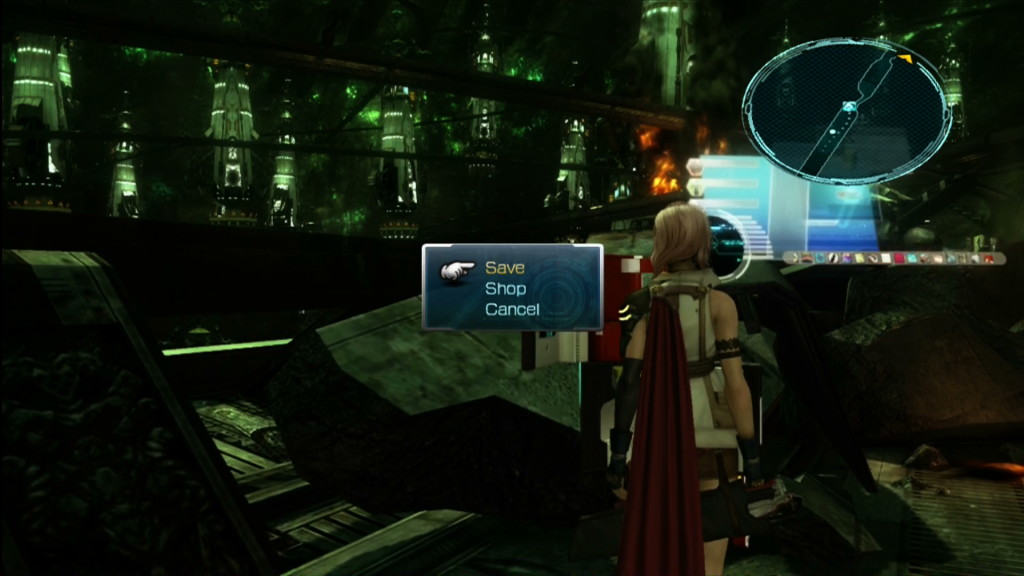12 Therefore do not let sin reign in your mortal body so that you obey its lusts, 13 and do not go on presenting [g]the members of your body to sin as [h]instruments of unrighteousness; but present yourselves to God as those alive from the dead, and your members as [i]instruments of righteousness to God. 14 For sin shall not be master over you, for you are not under law but under grace.
Romans 6
One of the striking elements you observe when reading the Epistles in a row comes from Paul’s seeming exasperation at explaining the whole “law versus grace” concept. While Christians do not deny the Law, and Christ does not abolish (but fulfill), many of us still tend towards the inclination to follow the letter rather than the spirit. No matter what Paul says, or what Scripture tells us with a closer look, we will still find ourselves sliding towards this train of though in one way or another. It’s very difficult to extricate one’s self from “the rules”, and confirmation bias is strong! That is why, when Paul says this in Romans 7:
6 But now we have been released from the Law, having died to that by which we were bound, so that we serve in newness of the [a]Spirit and not in oldness of the letter.
Something fundamentally changed his mindset when he became convinced that the Law would hamper Christians at their core. Well, in fact, everybody would be hampered by it so they choose. Part of it comes down to fundamental tropes of human nature – we like safe, comfortable things that fit with our experience. We shut things out that don’t fit, and so we find ourselves in a nice and tidy bubble, away from all the things that could cause cognitive dissonance.
 Not surprisingly, the pop culture media of our time displays this same impulse, for good or ill. Critically analyzing video games shows that developers, for several reasons, continue to re-use ideas because “they work”. This can work to their advantage in presenting a wonderful experience, but it can also hamper excellent game design by forcing a round peg to fit into a square hole. Case in point: Final Fantasy XIII can be both wonderfully great, and deeply flawed, at the same time. Square-Enix’s seminal series does strive for exciting new directions, settings, stories, and battle systems. However, the franchise also grasps tightly to tropes that, quite literally, make no sense hold with such a grip. Other franchises also do this, with far worse results.
Not surprisingly, the pop culture media of our time displays this same impulse, for good or ill. Critically analyzing video games shows that developers, for several reasons, continue to re-use ideas because “they work”. This can work to their advantage in presenting a wonderful experience, but it can also hamper excellent game design by forcing a round peg to fit into a square hole. Case in point: Final Fantasy XIII can be both wonderfully great, and deeply flawed, at the same time. Square-Enix’s seminal series does strive for exciting new directions, settings, stories, and battle systems. However, the franchise also grasps tightly to tropes that, quite literally, make no sense hold with such a grip. Other franchises also do this, with far worse results.
There are three specific types of this “safe” game design that I’d like to talk about today: precedent by success, precedent by prior design, and precedent for no reason (not surprisingly, the last one might be the most dangerous).
Precedent by success occurs when, lo and behold, a game containing this particular design elements somehow ends up in everything. Developers suddenly see a trend when a successful game uses a new design element. Grand Theft Auto III became the first commercially successful open world game; thus, everyone copied that design, and continue to copy that design, until the present day. Almost none of the games with open world levels seem as well thought-out as GTAIII, which allowed for a unprecedented freedom in approaching most missions. Instead, open world becomes a “selling point”, and a new game’s internal systems suffer as a result of this dictate – Ubisoft’s entire output after Assassin’s Creed remains a cautionary tale of such ideas. The Call of Duty “leveling” system also presents a particularly good example – the whole process of playing to get arbitrary stuff fits as a fantastic feedback loop for any multiplayer-focused game, though it doesn’t actually add anything to the core experience.

However, this also appears in a particular way for Japanese games: rather than assume a notion that a particular design element catalyzed the success of a franchise, Japanese companies often assume every element of the game contributed to its success. We can call this “precedent by prior design”. In Final Fantasy, the continual appearance of crystals, Moogles, chocobos, magic spells with weird nomenclature, summoned monsters, and a guy/girl named Cid link the various Final Fantasy worlds in the most tangential of ways. These literally add nothing to the experience at all, and simply link one entry to the next for the general consumer. These are aesthetic, but there’s plenty of mechanical ones as well (“adult” narratives in video games, dialogue trees in BioWare games, among others), and some just come down to reputation of a franchise. If you can’t delineate what worked, just carry all of it over.
Some appearances of the prior design trope can, in fact, confuse someone who looks at it for a little too long. I like to call this “precedent for no reason”. Final Fantasy XIII has Save Points, like every prior Final Fantasy game. Unlike prior Final Fantasy games, there’s no risk to battles other than losing; if you die, you select Retry to appear right before the enemy encounter in question. You do not appear at a Save Point, and a Save Point really only tracks your progress when you shut the game off. So, what’s the purpose of these save points again? The design element now exists as an inconvenience to the player, but not a good one; since fights no longer occur randomly, and dungeons no longer require inventory management to survive, they are a purposeless entity that make no sense in the game’s fundamental design.

I imagine you can think of your own examples, but much of it simply comes down to a fear of risk. Using what works, does indeed work, but it also means that the longevity of any one title immediately recedes. The longer a franchise persist, the more likely it will hang onto the bulky weight of precedent until it finally tumbles from all this unnecessary junk. Playing video games long enough means you’ll encounter this eventually, and it continues to be frustrating when I see these things.
So, is precedent simply an acceptable parts of game design, or am I simply being too dramatic? I honestly don’t know, though I’d love to hear your thoughts on it…
